


By: Madison White, Wine Club & Service Manager at McPherson Cellars
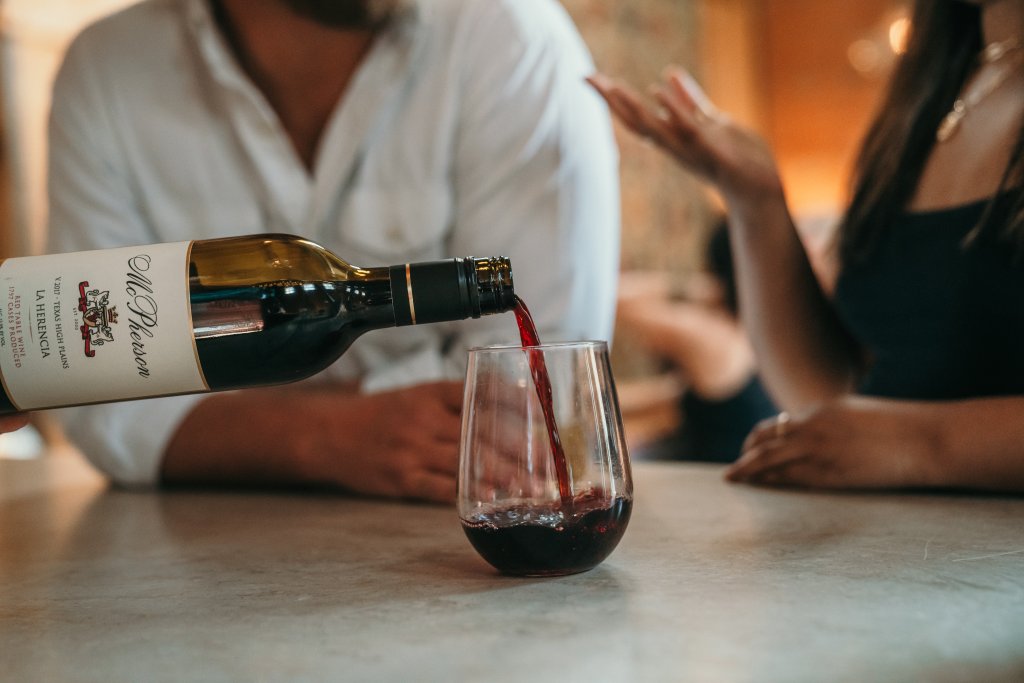
Interested in getting into wine but not sure where to start? At times, the world of wine can come across as intimidating, overwhelming and sometimes pretentious but it doesn’t have to be. Below, I have curated a fool-proof guide to help you get started.
Down to the basics, wine really is just fermented grape juice. Once the grapes are pressed and there is sweet juice leftover, alcoholic fermentation will begin. This is when little yeast organisms eat the sugar (like Pac-Man), creating alcohol and carbon dioxide. This process will go as long as the winemaker wants, depending on the style of wine they are creating.
Wine grapes are a bit different from the table grapes you see at the grocery store, they are smaller, have larger seeds, and more concentrated flavors. They can be categorized into two main categories: white grapes and black grapes. Besides the grape skin, all grapes have clear pulp which contains water, sugar and acid.
The secret to delicious, high-quality wine starts in the vineyard. The young vines can take over three years before they start to bear fruit, but if they remain healthy and are upkept, they will begin to produce fruit every year.
The life cycle of a grape takes 365 days – a full year! The grape will flower in the spring and ripen throughout the summer. During this process, grapes will grow larger from water content, sugar levels will rise, acidity falls and skin color deepens. White grapes will go from green to golden while black grapes change from green to a deep purple color. Come late summer and early fall, the grapes will be ready to harvest!
In order for grapes to thrive during their lifecycle, they must receive sufficient water, sunlight and heat. Different climate conditions will result in completely different wines! Grapes in hotter climates tend to create more fruity and fuller bodied wines, while cooler climate wines come out a bit more light and acidic. In Lubbock, Texas, our arid climate creates hot, dry days and cooler nights, resulting in a delicious grape that is comparable to fruit grown in the southern regions of Italy.
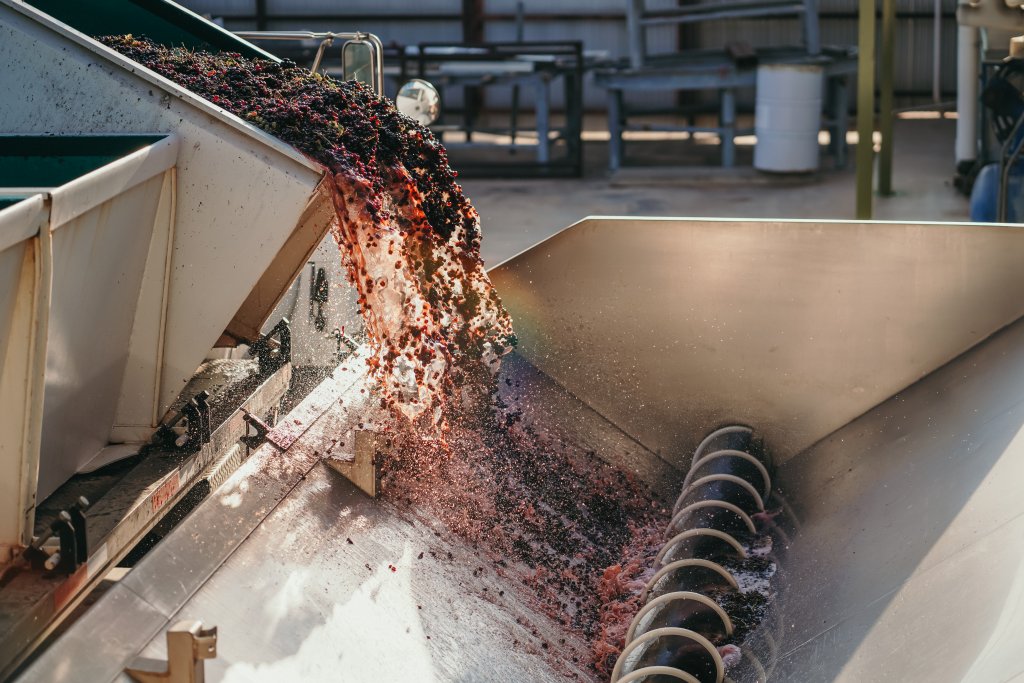
Winemaking is a skill that takes a lot of knowledge and time to perfect. Here are the basics:
When making white wines, the white grapes are harvested from the vineyard, then crushed to facilitate the release of grape juice. Next, they are pressed using machinery to release all remaining juices. After the juice is separated from the skins and seeds, fermentation can begin. This process can take place in barrels or stainless steel vats depending on the winemaking style. Once the final result is achieved, the wines can be bottled!
For red and rose wines, the process is a little different. These wines are made from black grapes which are crushed. After crushing, the wines are put into vats where they can begin the fermentation process. The skins stay with the juice to gain color, tannin and flavor. Once the desired juice is created, the wine is drained, pressed and matured. Maturation can occur in stainless steel tanks or wood barrels. Then, it is bottled!
The only difference in red and rose wines is time spent with the grape skins! More time on skins = more pigment.
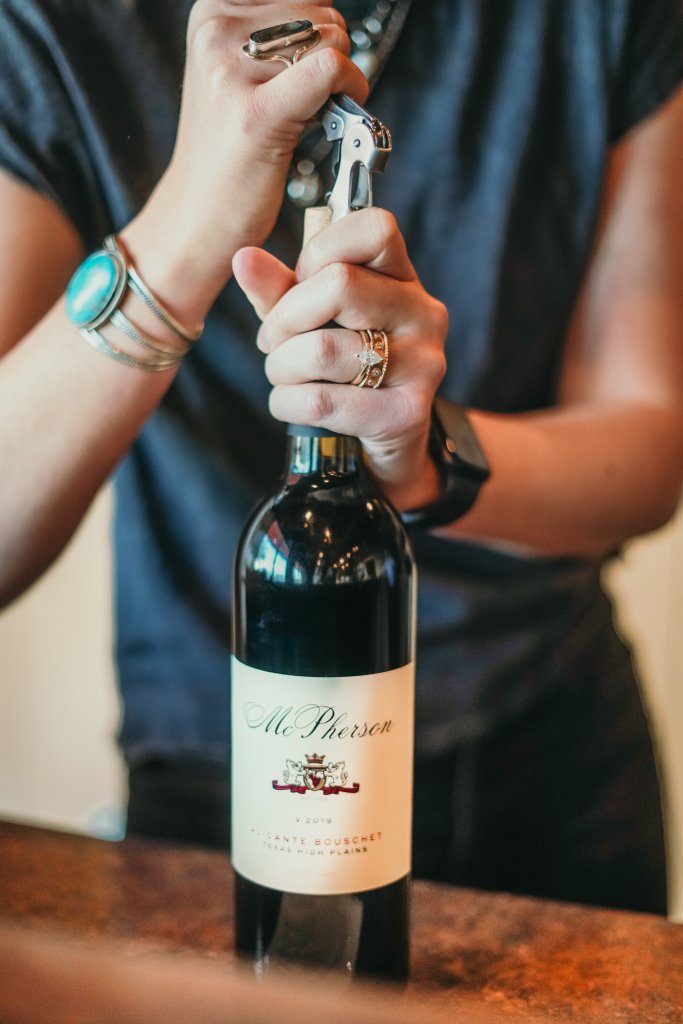
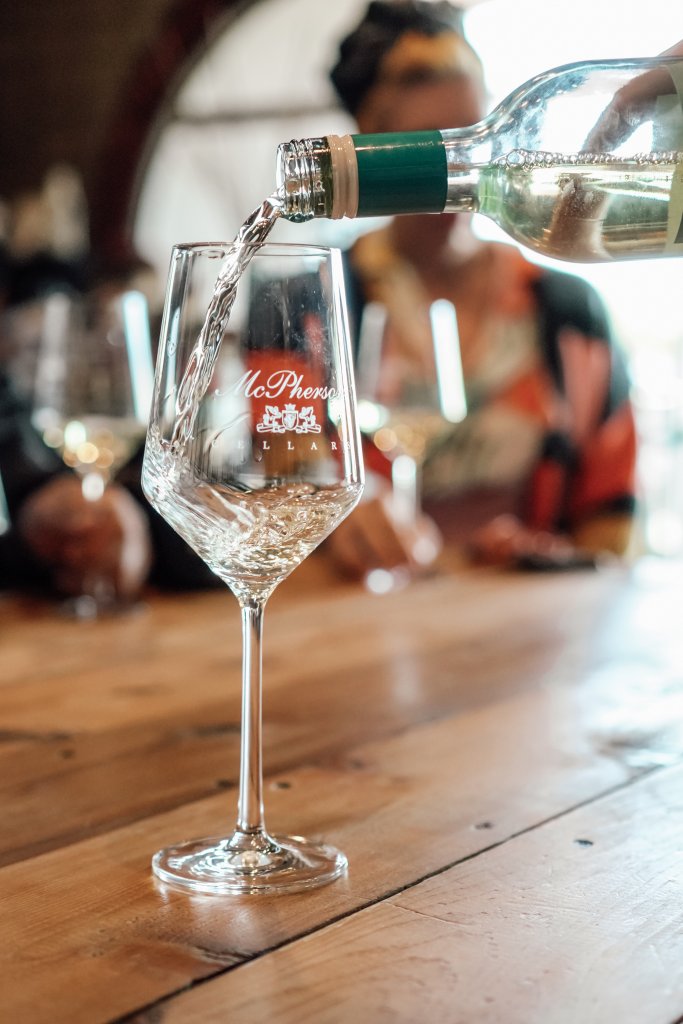
There are three main ways a wine can be bottled: by variety, region or name. Variety is the type of wine grape. For example, Sangiovese is the name of the wine grape itself. Many wines, especially wines with European origin, will be labeled by region. Chianti is the name of a region that grows Sangiovese wine in Italy. Some wines will be named by something the winemaker creates, for example, “The Queen,” which is a white blend.
Located on the wine label, will almost always be a year. This year is called “Vintage” and is the year that the grapes in the bottle were harvested. Some wines are N.V. (non-vintage) which means the wine is a blend of many years, this happens often with sparkling wine or Sherry.
Single varietal means that the wine is made entirely from one grape variety, or a high percentage of that grape. Blends are a mix of more than one grape. The sole fact that the wine is a blend does not determine the quality of wine, it is only a winemaker’s preference. Most of the time, it is near impossible to confidently determine that a wine is a blend solely based on taste.
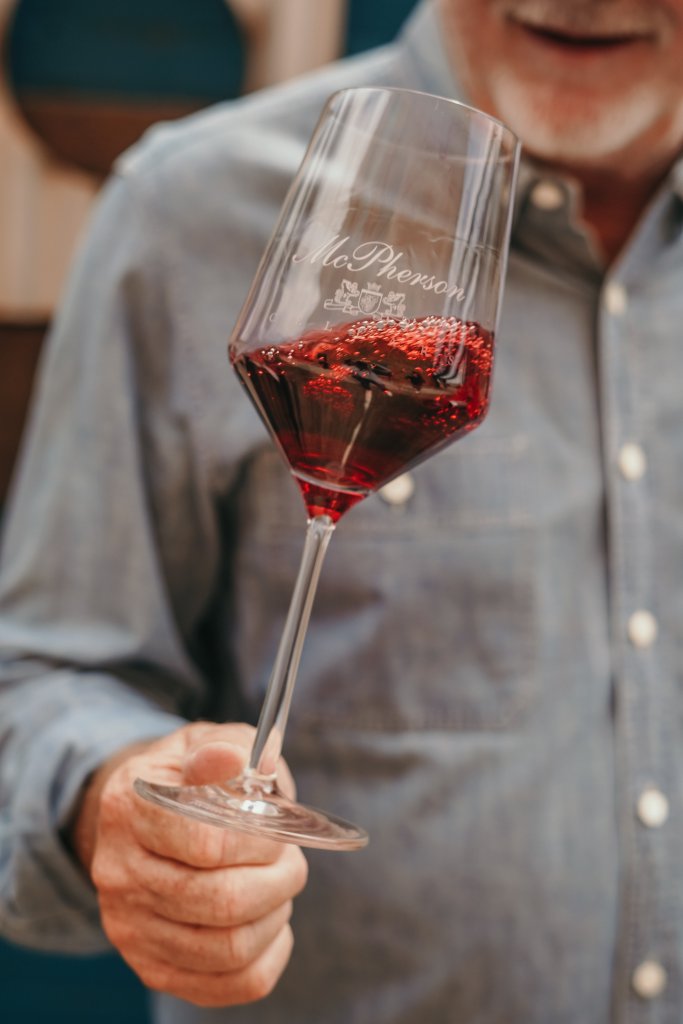
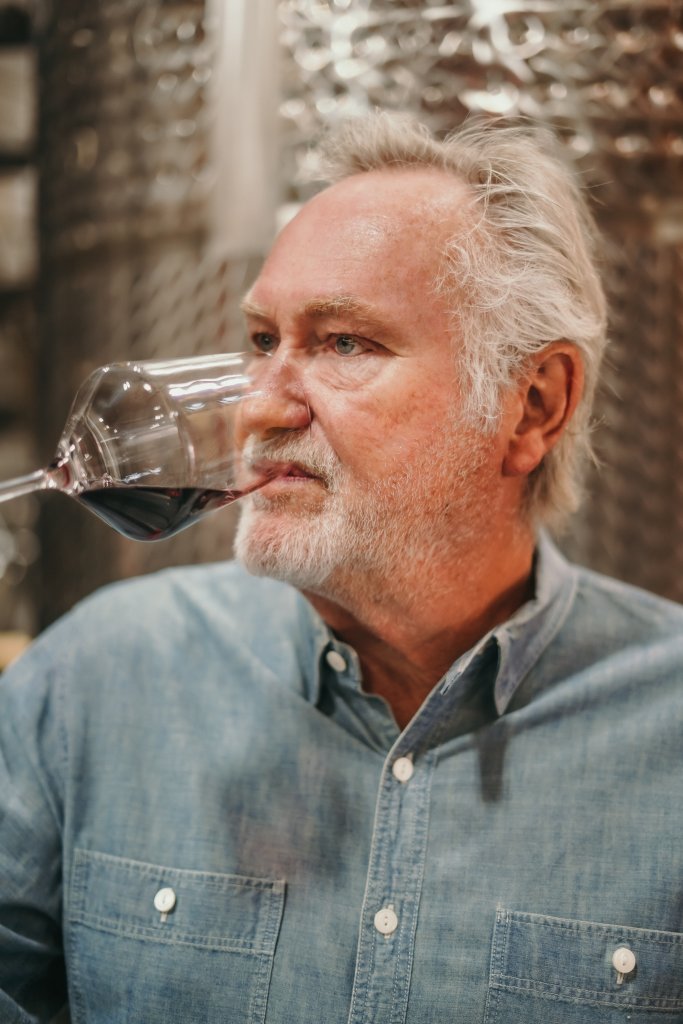
When holding a glass of wine always hold the stem of the glass, never the bowl. This leads to fingerprints on the glass and can also warm up the wine. Slowly swirl the wine as it sits in the glass. Do it gently enough so that the wine remains in the glass, not on your shirt. Swirling the wines allows for the aromas to open up and breathe.
Lightly smell the aromas coming out of the wine. Depending on how far you hold the opening of the glass to your nose will determine the intensity of the wine. Take it slow and try to think of the aromas that come to mind. Remember, tasting wine is often subjective and will vary from person to person. For new wine drinkers, it is often difficult to pinpoint what you are smelling. Using an aroma wheel for reference will help! Example: On the nose, I get aromas of lemon and fresh pineapple.
Here is when it gets fun! Slowly sip the wine and be mindful of the sensations that are occurring on your palate. Again, the aroma wheel is great for pinpointing specific flavors in addition to smells. Below is some vocabulary to help you categorize what you are tasting. Each of the below terms will range on a scale from low to high.
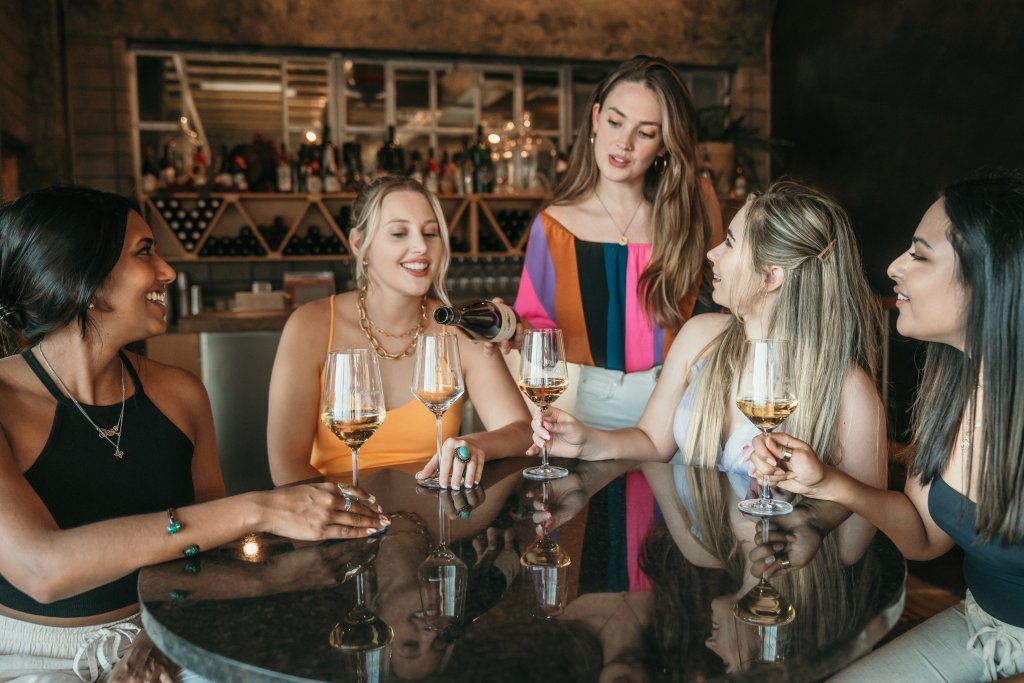
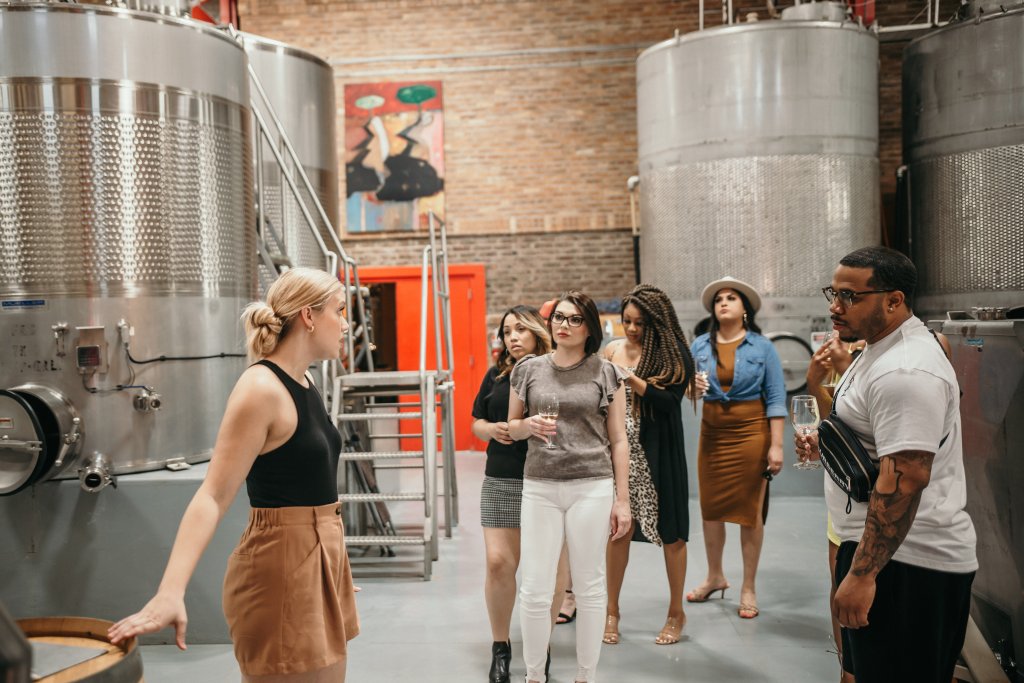
Try to store your wine in a cool, dry and dark place. Wine does not like exposure to heat or light, your wine could spoil!
Pairing wine with food can be a great way to heighten your overall dining experience. Don’t be afraid to try a pairing that you are unsure of! Either way, it will be a learning experience. Here is a general rule of thumb:
I know that was a LOT of information, but don’t feel intimidated! Not sure where to start? Schedule a tasting at a local winery and ask any and all of the questions you have! Doing a guided tasting is a great way to expand your palate and make you more comfortable around wine in general. Want to taste at home? Go to the grocery store and pick out a wine with a label that looks interesting to you- there are no wrong choices! While you’re enjoying the wine at home, document the wine and list out the characteristics you notice. Every wine will be a learning experience. You will begin to see the difference in your skills the more you practice!
By: Marketing Interns
By: Maggi Gallaspy
By: Marketing Interns
By: Marketing Interns
1